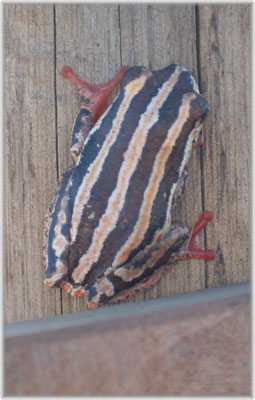Isimangaliso Wetland Park
Information about the Isimangaliso Wetland Park, formerly known as the Greater St Lucia Wetland Park. A Natural paradise that is also a World Heritage Site.
The Isimangaliso Wetland Park
The history of the Isimangaliso Wetland Park
The Isimangaliso Wetland Park was proclaimed in 2007 having been called The Greater St Lucia Wetland Park prior to that. The Greater St Lucia Wetland Park was proclaimed in 1999 and was the first Unesco World Hertitage site in South Africa. The Status of the park has remained a Unesco world heritage site but is also a Ramsar wetland of international importance.
Conservation of the park and the importance of conserving this unique wetland is due to many factors found only in this area. The park encompasses and area of 332000 hectares stretching from the estuary system of St Lucia to the Mozambique border. This area is home to diverse habitats from salt water estuary systems to fresh water lakes, swamps and grasslands.
A snapshot of the park would look like this:
|
The last significant breeding ground for the giant leatherback and loggerhead turtles:
|
This is extremely important as these sensitive turtles have limited nesting areas World wide with man encroaching onto beachfront property for development. They are also threatened in remote areas as local people harvest both the turtles and eggs for food. |
|
3 major lake systems:
|
The St Lucia Estuary, Lake Sibaya and the Kosi Lake System |
|
8 interlinking ecosystems |
|
|
350 kms of water surface |
|
|
220 kms of coastline and beaches |
|
|
190 kms of marine reserve |
The reef complex stretching from Mozambique south to Sodwana offer the best coral dives available in South Africa. Not to mention the MPA Marine Protected Area ensures limited resource harvesting thus protecting fish populaitions. |
|
100 species of coral |
Being the furthest north on the South African coast gives a variety of both soft and hard corals. |
|
1 200 species of fish: |
Including the Coelacanth known as the living fossil |
|
25 000 year old coastal dunes |
The dunes in this area are some of the highest in Southern Africa. |
|
700 years of traditional fish traps. |
Although it is stated these traps are 700 years old it is likely that they are much older. It was early European seafarers that documented this method of fishing but the traps were already there when they arrived. |
|
36 snake species |
Some of the rarest snakes found in South Africa like the Gaboon Viper are found here as well as many venomous and non-venomous snakes |
|
80 dragonfly species |
|
|
110 butterfly species:
|
Some of the butterfly species are only endemic to the park and some are endemic within the park in smaller geographical locations. |
|
526 bird species:
|
This is one of the highest bird counts in Southern Africa. |
|
The greatest congregation of hippo and crocodiles in South Africa
|
Hippo are often spotted when on the water anywhere in the park. |
